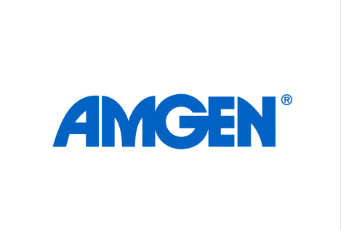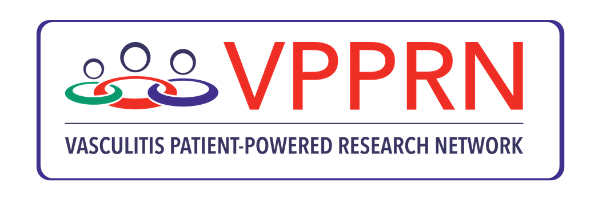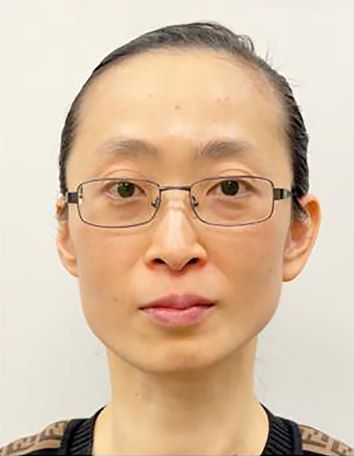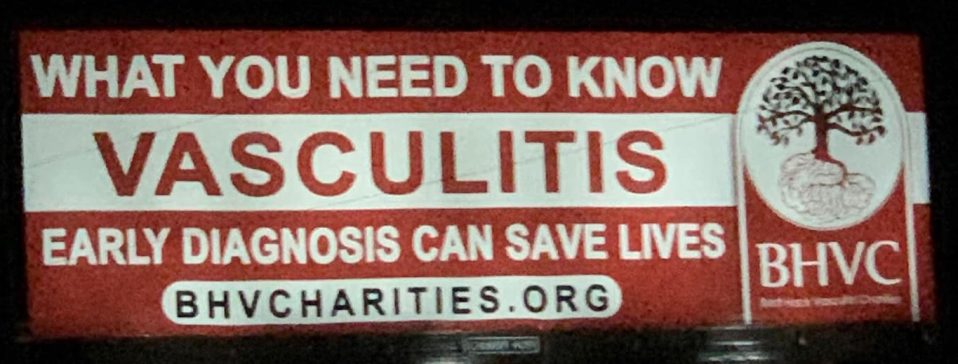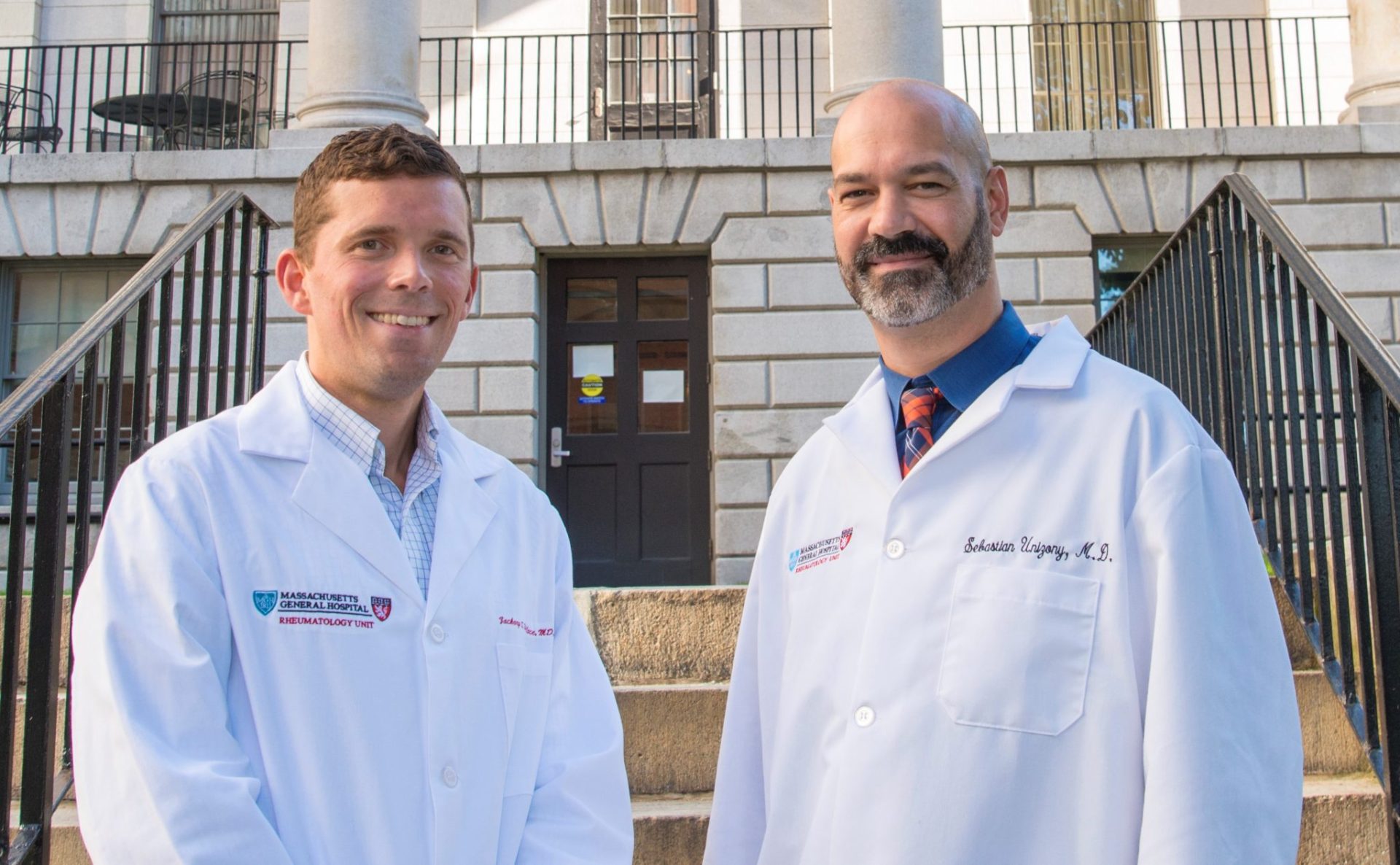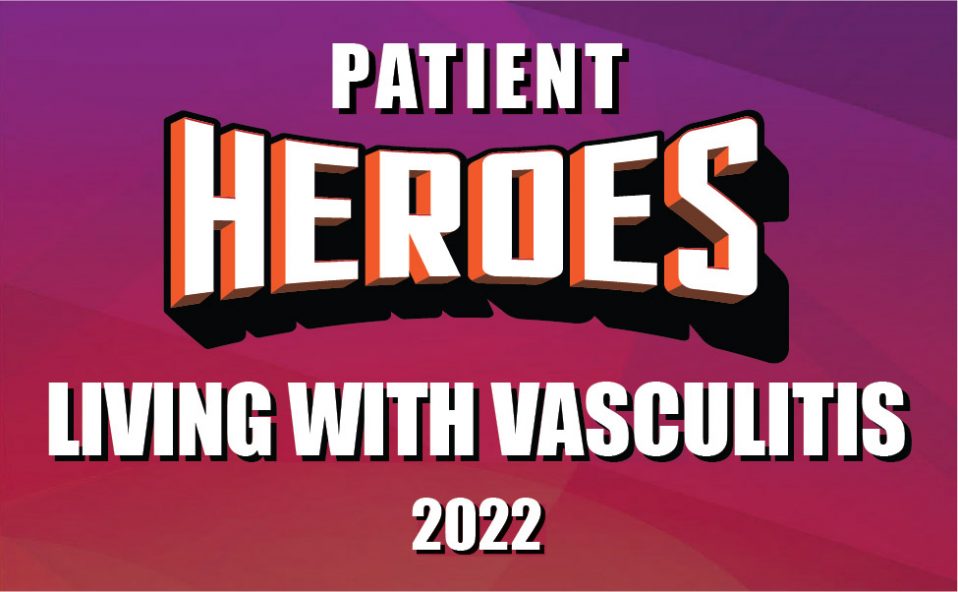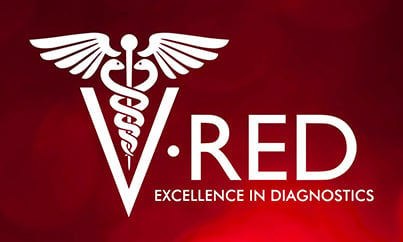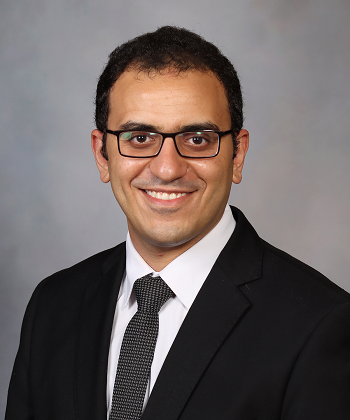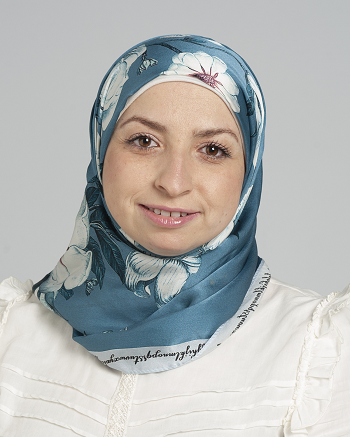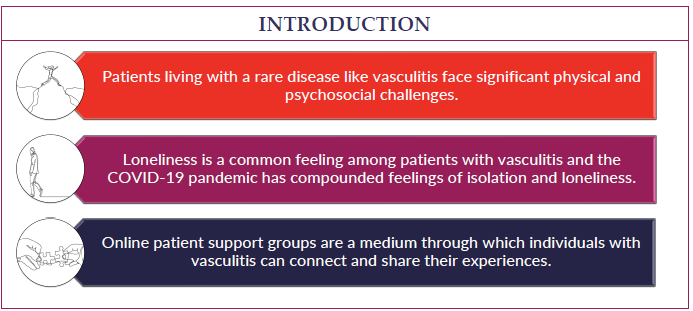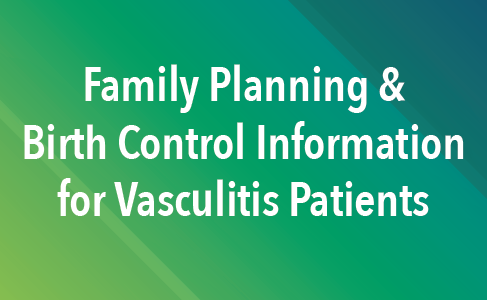

Chapel Hill, NC
Cleveland, OH
Austin, TX
Washington D.C. area
Scottsdale, AZ
Seattle, WA
We are you. We are patients with vasculitis, care partners, friends, family, physicians, and researchers advocating for early diagnosis, better treatments, and improving quality of life for people with vasculitis.
Explore. Learn. Download Resources. Join a Support Group.
Pediatric Vasculitis
About Takayasu Arteritis
Last Updated on February 5, 2024
TAK is a chronic, inflammatory vasculitis disease affecting large blood vessels, such as the aorta and its major branches. When the blood vessels are inflamed, it is more difficult for blood to reach and nourish our body tissues. This may lead to pain in the areas of decreased blood flow, and also possibly cause damage to organs that do not receive enough blood.

TAK is a chronic, inflammatory vasculitis disease affecting large blood vessels, such as the aorta and its major branches. When the blood vessels are inflamed, it is more difficult for blood to reach and nourish our body tissues. This may lead to pain in the areas of decreased blood flow, and also possibly cause damage to organs that do not receive enough blood.
When the diagnosis of TAK is made in a person younger than 19 years of age, it is referred to as childhood-onset TAK.
The cause of TAK is not known. It is thought that the immune system mistakenly attacks the body, primarily the large arteries, leading to vessel inflammation, but it is not understood what causes this to happen. TAK is not hereditary, but some people may be more likely to get this disease than others based on their genes. One gene, HLA-B*52 has been associated with an increased risk of TAK. Although an infectious trigger has been looked for, there is no conclusive evidence that it is caused by infections. Some studies have suggested an association between tuberculosis infection and development of TAK.
TAK is very rare in children. It is most commonly diagnosed in people who are 20 to 40 years of age. However, it can affect any age group and has been described in infants. Although incidence rates are higher in non-Whites (Asians and South Americans), the disease is known to occur worldwide. It occurs more often in females.
The presenting symptoms are often non-specific. This may result in a delay in making the diagnosis of TAK. The initial symptoms often include:
- Fever
- Malaise
- Fatigue
- Decreased appetite and weight loss
- Joint or muscle pain
Later, more specific symptoms will develop, usually related to the location of vessel involvement. This will help increase suspicion of the diagnosis of TAK:
- Headache and lightheadedness
- Abdominal pain
- Vision loss
- Chest pain
- Carotidynia (tenderness on the side of the neck, over the carotid arteries)
- Pain, cramping in limbs
The diagnosis of TAK is challenging because of the non-specific symptoms that are often present at the onset of the disease. Furthermore, there is not a diagnostic blood test for TAK. The physician must think of TAK in order to look for it. Preferably, patients should be evaluated in a medical center with physicians who have experience with this disease in order to obtain the necessary work-up to make the diagnosis.
- Physical exam: This may reveal fever, weight loss, high blood pressure, difference in the strength of pulses, different blood pressure measurements in the 4 limbs, and/or bruits (abnormal sounds or sensations over large vessels).
- Laboratory studies: Anemia is commonly present, as is the elevation of inflammatory markers, such as C-reactive protein (CRP) and erythrocyte sedimentation rate (ESR). There are no laboratory studies that are specific for the diagnosis of TAK.
- Vascular imaging: Radiology studies are necessary to demonstrate blood vessel changes such as narrowing, wall thickening, or dilatation of the aorta and its major branches. Your doctor may order a computed tomography angiography (CT angiography or CTA), a magnetic resonance angiography (MRA) or conventional angiography (a more invasive procedure when the dye/contrast is injected directly into a specific blood vessel). Patients may also need an echocardiogram (ultrasound of the heart) and chest x-ray (to look at the lungs and heart). The arteries leading to the kidney are often evaluated by ultrasound to assess the blood flow to the kidneys.
The goal of treatment is to decrease inflammation and prevent organ damage due to loss of blood flow to tissues (ischemia). There are only a few studies that have specifically evaluated treatment in children with TAK because the disease is so rare in the pediatric population. Therefore, current treatment is based largely on studies in adults with TAK.
Corticosteroids (such as oral prednisone or prednisolone, and IV methylprednisolone) are currently the mainstay of treatment, but approximately half of all patients require treatment with additional immunosuppressive medications (cyclophosphamide, methotrexate, azathioprine, mycophenolate mofetil, leflunomide) or biologic medications (TNF-inhibitor or IL-6 inhibitor). Other medications, such as antihypertensive agents (to lower blood pressure) and blood thinners (anti-platelet drugs) may be prescribed to help prevent complications.
Surgical therapy can be considered for life-threatening vessel changes. If possible, surgical procedures should be performed when the disease is quiet or inactive.
After remission (inactive disease) is achieved, most patients need to continue treatment in order to prevent a flare or worsening of their disease. A goal is to be maintained at the lowest dose of medication necessary to keep the TAK quiet. Ideally, we aim to avoid prolonged treatment with glucocorticoids.
In 2021 the American College of Rheumatology (ACR) published guidelines for the management of certain vasculitides, that were also endorsed by the Vasculitis Foundation (VF). Clinical practice guidelines are developed to reduce inappropriate care, minimize geographic variations in practice patterns, and enable effective use of health care resources. Guidelines and recommendations developed and/or endorsed by the ACR are intended to provide guidance for particular patterns of practice and not to dictate the care of a particular patient. The application of these guidelines should be made by the physician in light of each patient’s individual circumstances. Guidelines and recommendations are subject to periodic revision as warranted by the evolution of medical knowledge, technology, and practice.
Glucocorticoids (steroids) may lead to changes in physical appearance (weight gain, full moon face, stretch marks), moodiness, difficulty falling asleep, heartburn, osteoporosis, and increased risk of infection. Most of the steroid side effects are reversible and will disappear when the dose is decreased or stopped. One potential side-effect that is important in growing children is a slowing of growth in height. Doctors try to treat children with the lowest dose of steroids possible, to allow normal growth and decrease risk of all the above-mentioned side-effects.
The other medications that are used to treat TAK also suppress the immune system, leading to an increase in infection risk. One way that you can protect your child is by staying up to date on the recommended vaccines for their age group. Your doctor will monitor you for any side-effects that may be associated with these medications.
These are primarily vascular, resulting from vessel inflammation which can lead to narrowing or other injury of the blood vessels.
- High blood pressure
- Aortic aneurysm (an abnormal bulge in the vessel) and/or aortic dissection (torn vessel)
- Heart attack and/or heart failure
- TIA (transient ischemic attack which is a “mini-stroke” that does not cause permanent damage, or even a stroke
- Vision loss
- Claudication (muscle cramping, especially in the legs, because of decreased blood flow to the muscles)
- Pulmonary hypertension (elevated blood pressure in the lungs)
- Loss of kidney function
Early detection of any flares, proper treatment, ongoing monitoring with imaging, and regular follow-up can often decrease the risk of complications and increase the likelihood of quieting the disease and staying well.
TAK is a chronic disease with relapsing-remitting course (i.e., patients may experience periods of both active and inactive disease). An adult study showed that 50% of patients will have a relapse and experience a vascular complication within ten years of diagnosis. However, the prognosis of TAK has improved significantly over the last couple decades. Imaging techniques to monitor TAK have improved, and there are more medications available to treat the vessel inflammation. With medical and sometimes surgical treatment, many people with TAK are able to lead a full, active life.
TAK in children is overall similar to TAK in adults. However, high blood pressure is the most common first symptom in children, whereas musculoskeletal symptoms and carotidynia (throbbing pain in the neck and face) seen often in adults, are generally uncommon in children. Magnetic resonance angiography (MRA) is the preferred type of imaging in children since it is not invasive and does not use radiation.
TAK is best managed with a team of medical providers that includes your rheumatologist, nephrologist (kidney doctor), neurologist, radiologist, cardiologist, ophthalmologist (eye doctor) and/or vascular surgeon depending on the affected organs. These doctors will coordinate your medical care with your primary care provider. Allied health care professionals such as nurses, physiotherapists, occupational therapists, social workers and psychologists are additional valuable members of your care team.
There is no evidence that any specific diet can influence disease progression. An active, healthy lifestyle is encouraged and can be achieved by following a normal balanced diet and participating in school and physical activities. It is important to pursue your hobbies and other interests that you enjoy.
It is important to attend school regularly except during periods of severe, active disease. Teachers and school administrators should be made aware of your diagnosis to provide appropriate accommodations whenever needed.
Learn more about school accommodations
Support from family members and close friends is very important to a young person with a diagnosis of vasculitis. Talking with a counselor or with people to whom you are close can help make a challenging time less difficult. There are also support groups and activities, such as summer camps, available to children with rheumatology diagnoses: https://www.arthritis.org/events/ja-camps
Takayasu Arteritis Videos
Disease Insights Video TAK
Takayasu's Arteritis Treatment Guidelines
Nuevas terapias en GCA y Takayasu Arteritis









